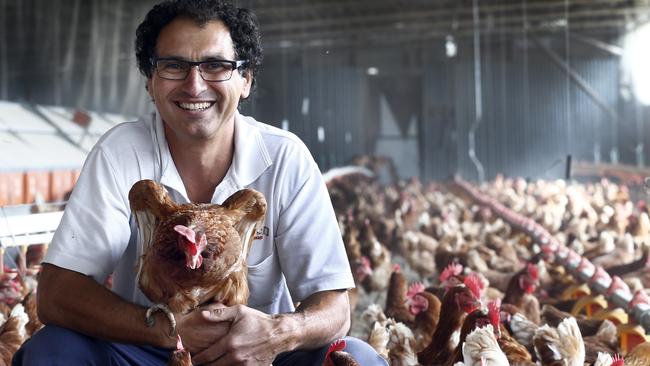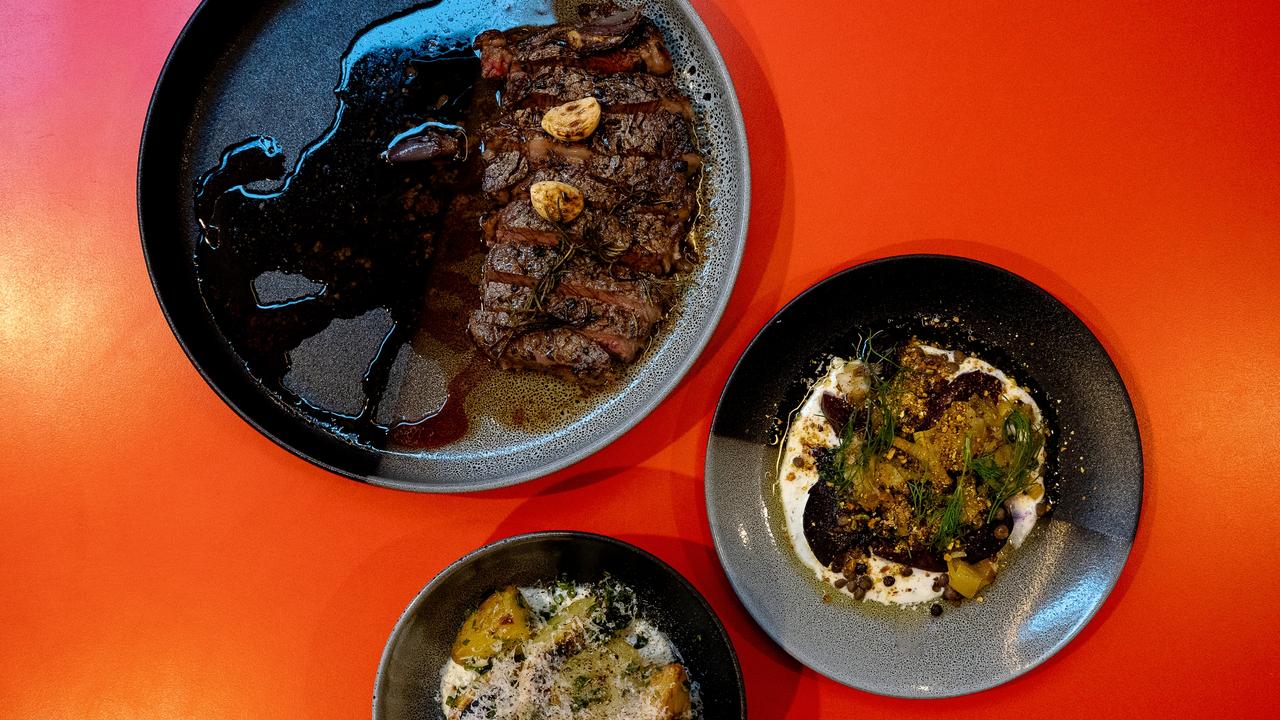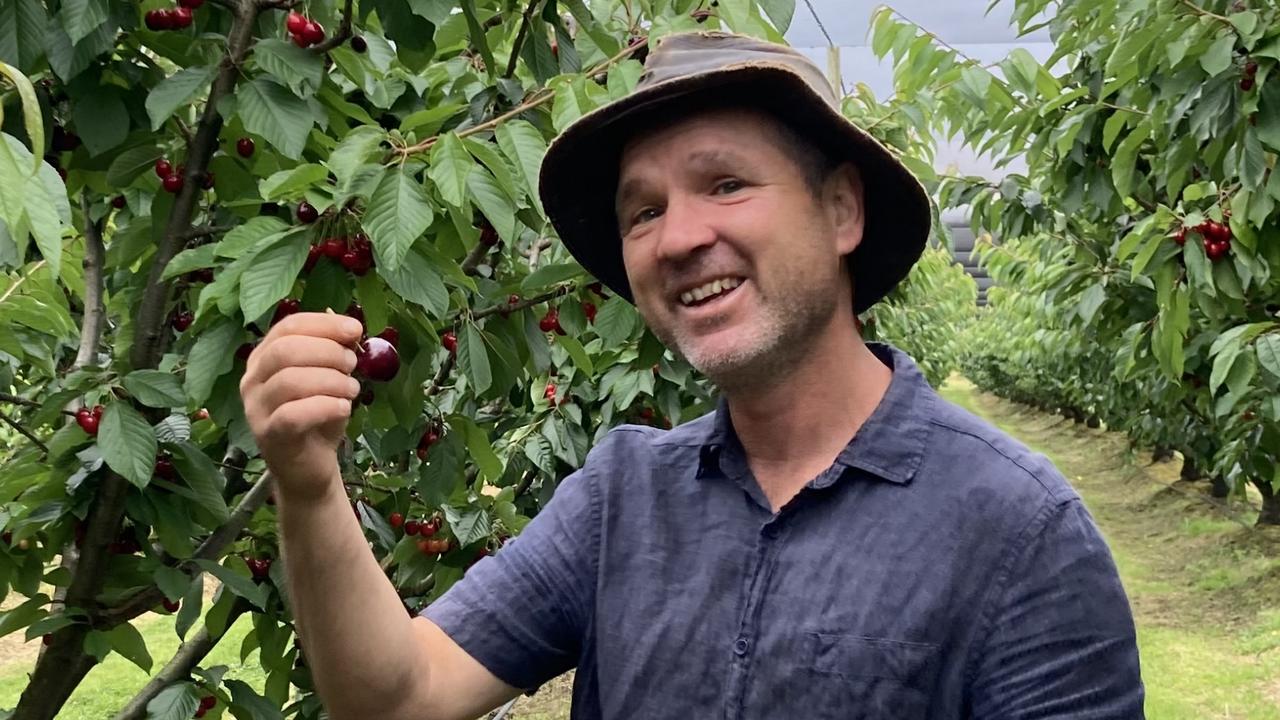Happy home for hens on the free range at Tasmanian egg farm
THE decision on a standard for free-range eggs will make the industry more honest, says one of southern Tasmania’s largest free-range egg farmers.

Food and Wine
Don't miss out on the headlines from Food and Wine. Followed categories will be added to My News.
THE decision on a standard for free-range eggs will make the industry more honest, says one of southern Tasmania’s largest free-range egg farmers.
Steven Pavlides and his wife Shevaun, who run Golden Free Range at Acton, won’t be affected by the new, legally binding national standard definition of free range because they have operated well within the guidelines since the late 1980s.
“For a large free-range commercial producer our stock intensity is low and consumers can be confident that our eggs are really free range,” Mr Pavlides said.
“This is a specialised industry and if we get it wrong our mortality rate will climb significantly. We have happy, full-feathered healthy hens.”
The birds roam between the fields outside, the laying shed and their laying beds.
After years of confusion, Australia’s consumer affairs ministers agreed to adopt a national definition of free range egg stocking density at 10,000 birds per hectare.
Golden Free Range runs 3500 birds per hectare or about three birds to a square metre. The new national standard will require egg producers to declare the outdoor stocking density on egg cartons, whether 1500, 5000 or 10,000 hens a hectare.
“Consumers who support free range don’t want eggs from cage-laid systems and the new guidelines will keep everyone honest,” Mr Pavlides said.
“Quality animal husbandry is to key to healthy birds. I want to do something I am proud of and I absolutely love what I do.”
Mr Pavlides urged consumers to support local farmers because they employed local people and the whole community benefited. Mr Pavlides employs nine people in his packing shed.
“The staff are dedicated and interested in the farm, they are fantastic.”
Danny Jones from Pure Foods, Tasmania’s biggest egg producer, said the demand for free-range eggs was increasing. He recently invested $6 million in a new free-range egg production facility at Longford.
Australians consume about 13 million eggs a day and demand continues to grow. About 55 per cent of eggs sold are produced in cage-laid systems. About 9 per cent are barn laid. About 34 per cent are free range. Organic and other specialty eggs make up 2 per cent.
Agribusiness Association of Australia chief executive Jan Davis said until now there had been no official national standard for free-range eggs.
“The label on the carton you buy has to a large extent depended on the producer. Market data shows consumers increasingly choose free-range eggs over cage-laid eggs, or even barn-laid eggs, because they want to support what they consider to be more chook-friendly production systems,” she said.
Cage-laid eggs are the least expensive, free range are the most expensive and barn laid sit somewhere between.
While the new standard has been largely welcomed by larger egg producers across the industry, consumer group Choice and the Greens have criticised the move.
Choice was pushing for a maximum free-range stocking density of 1500 birds a hectare.


